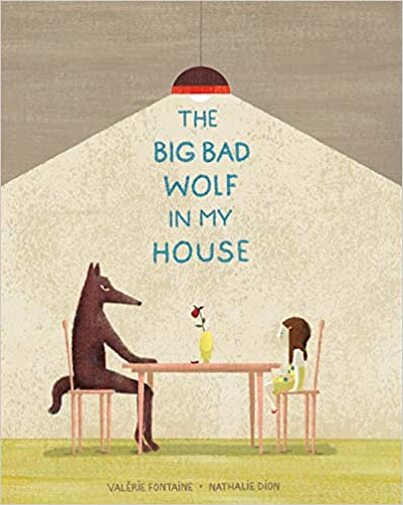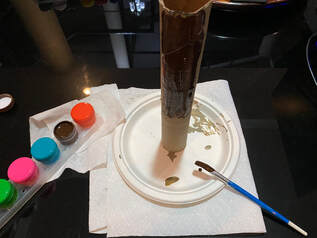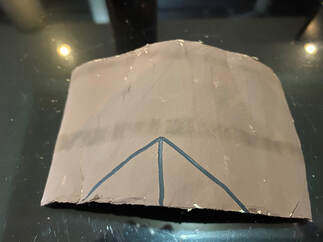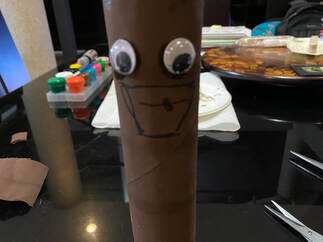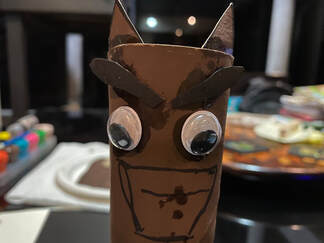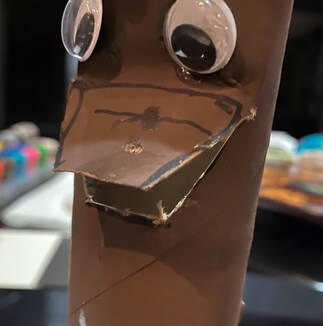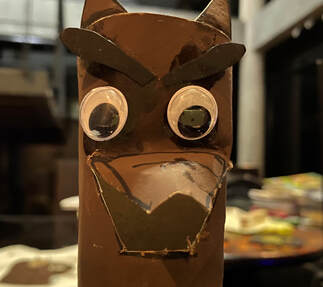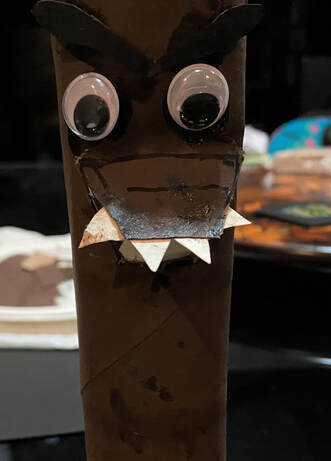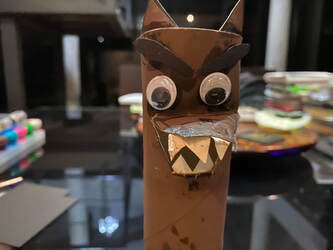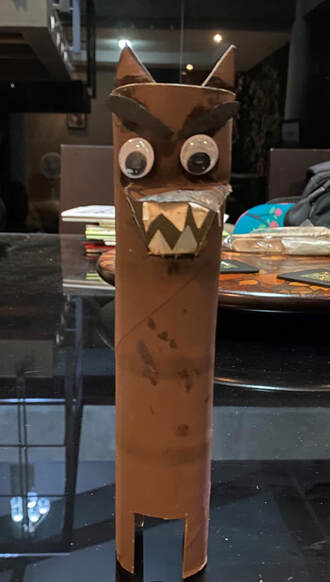A Book Review of The Big, Bad Wolf In My House
Children in Domestic Violence environments, even if they are "sleeping" during the incidents, are very aware of what is going on in their home. Kids hear and notice things much more than we give them credit for. This is the reason I love that this story is told from the point of view of a child. This quote from the book, shows how insightful and observant children can be in these situations. "He batted his eyelashes and purred like a pussycat in front of my mother. But he looked at me with cold eyes and sharp teeth." Children are often the indirect victims of domestic violence. Living in a toxic, DV environment severely impacts children. This is true even if the children are not the direct victims. Kids who witness violence in their home often live "on guard," worrying about when the next incident will occur. They worry about their own safety, as well as that of the parent victim. This can lead to chronic anxiety. Kids within a DV situation also present with other symptoms which may include nightmares, sleep problems, anger, irritability, concentration issues and somatic complaints. Preschoolers may revert to younger behaviors such as bedwetting, thumb sucking, whining, etc. These issues often continue even after the child is removed from the situation. These indirect victims are also at risk for long-term consequences such as Post Traumatic Stress Disorder, Depression, health problems and repeating abusive patterns in their future relationships. The combination of powerfully written and drawn images pull the reader into the heartache of the story. For example, "The honeymoon was sour, like lemons" and "The wolf was spitting mad," provide strong images, even without the illustrations. However, the artist, Nathalie Dion, takes those written images further by shining a light on the intense feelings that the situation evokes. Speaking of shining a light, the illustrator includes literal lights illuminating certain toxic situations in the book. I find this quite clever as DV situations are often kept in the dark and remain a family secret. This book shines a light on the issue of domestic violence and shows kids that they don't have to stay in the dark with this secret. Equally as brilliant, the illustrator subtly includes shadows which provide a strong representation of the realities of this situation. The shadows of the wolf are large and elongated showing the overpowering nature of the abuser in her life and how truly scary this is for her. The last page shows a reflection of the window with crossbars over the sleeping girl in the shelter which reflects that she is now safe. The Big, Bad Wolf in My House portrays many common reactions to DV in the home by children. Some of these include over-compliance to avoid making waves, intense fear and closing off from others in order to survive mentally. The book ends on a hopeful note as the mother and daughter leave and go to a domestic abuse shelter, where the main character begins to feel safe. I highly recommend this book for kids who have been or currently are an indirect or direct victim of DV. This is an excellent resource to open up the topic of domestic violence in a gentle, yet powerful way. Children in DV situations will definitely identify with and feel less alone after reading this book. I have provided an activity below to accompany the book for the purpose of taking the discussion to the next level. If you wish to purchase the book, you can buy it HERE, or preferably, at an independent bookstore near you! An Activity Idea For The Big, Bad Wolf In My House*Discussion question ideas are below. Materials needed: -Empty cardboard paper towel roll -Brown paint -Paint brush -Googly eyes -Black and white construction paper or cardstock -Scissors -Glue
4 Comments
Mary McClellan
1/21/2022 07:11:28 am
Incredible. I've never seen this topic addressed in PBs. It's such an important thing and this seems like a great way to broach the topic with a child. I will be recommending this book.
Reply
Vasilia Graboski
1/21/2022 08:13:35 am
Thanks Mary! Yes, it's definitely a winner on this tough topic.
Reply
1/27/2022 03:53:24 pm
This is excellent coverage of such an important subject. I worked with child protective services cases for many years and ALL the members of what constituted a family needed help. Frequently the children had a better grip on what was going on in the home but unfortunately were unable to be heard or weigh in on potential solutions.
Reply
Vasilia Graboski
1/27/2022 04:02:46 pm
Sounds like you were a great support for those kiddos. Thanks for your comment, Sande. I agree that this book covers the bases for children living in a difficult situation.
Reply
Leave a Reply. |
Follow me on Twitter, Pinterest and LinkedIn
Categories
All
|
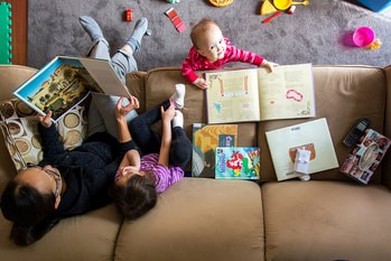
 RSS Feed
RSS Feed
